Throughout the years, Jews from all over the globe have found their way to Baltimore. From the early Eastern European immigrants running from the pogroms to, more recently, Jews from Arab countries fleeing antisemitism, they often arrived with few possessions. They turned to The Associated to provide such services as financial assistance, job training, loans and English classes to help them successfully integrate into America. Today, these former immigrants and their families are thriving and giving back.

The EARLIEST IMMIGRANTS
Between 1900 and 1914, an estimated 25,000 Jews arrived and settled in Baltimore, many with the help of the Hebrew Immigrant Aid Society (HIAS), an early Associated Jewish Charities agency whose representatives met newcomers at the pier, assisted with customs, corresponded with local relatives or helped them locate housing and employment.
Beginning in 1909, the Jewish Educational Alliance (JEA) offered courses in English, vocational trades, citizenship and “Americanization” classes for newly arrived immigrants. Children received specialized education to help them learn English and the American way of life.
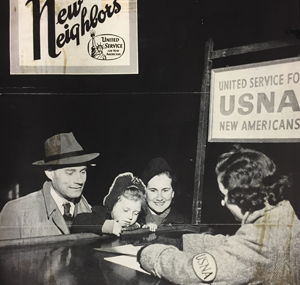

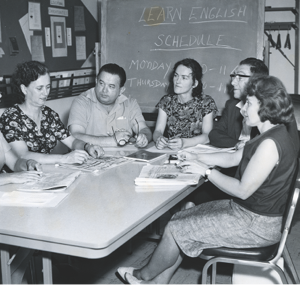



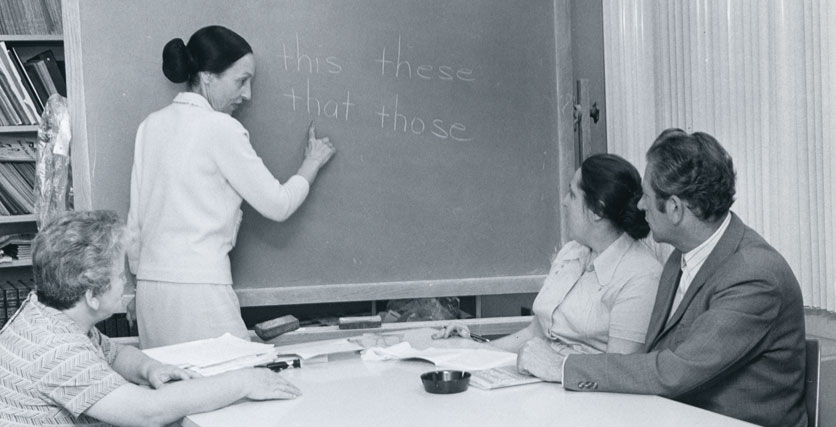
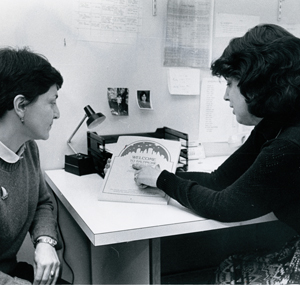
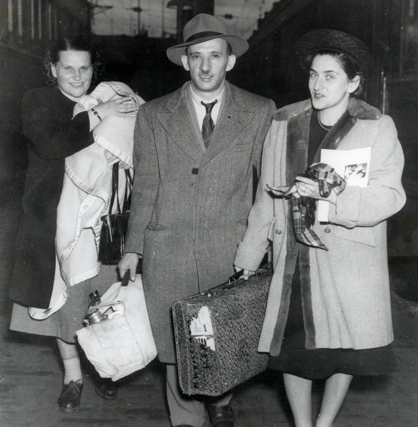

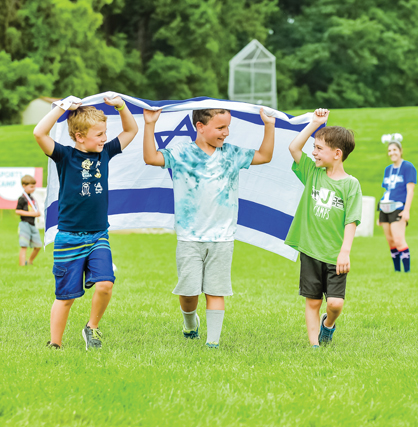
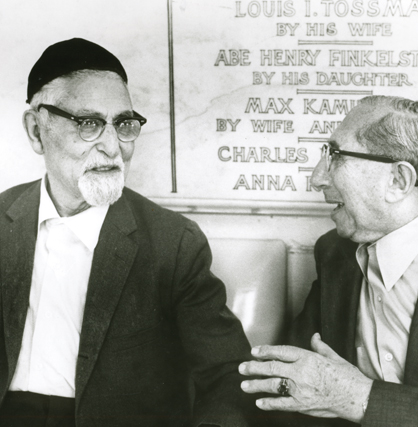
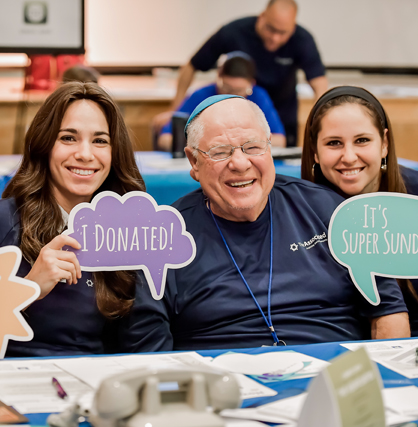
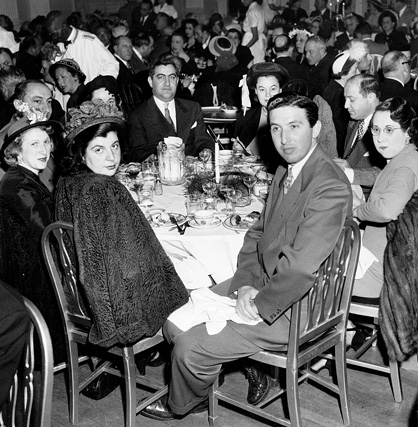
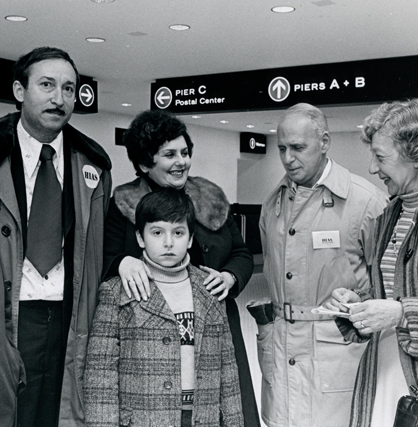
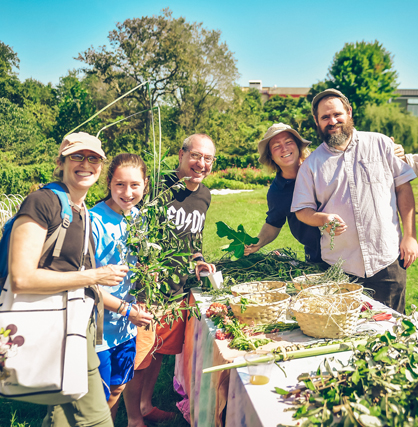


 Please Wait while we loading your video.
Please Wait while we loading your video.